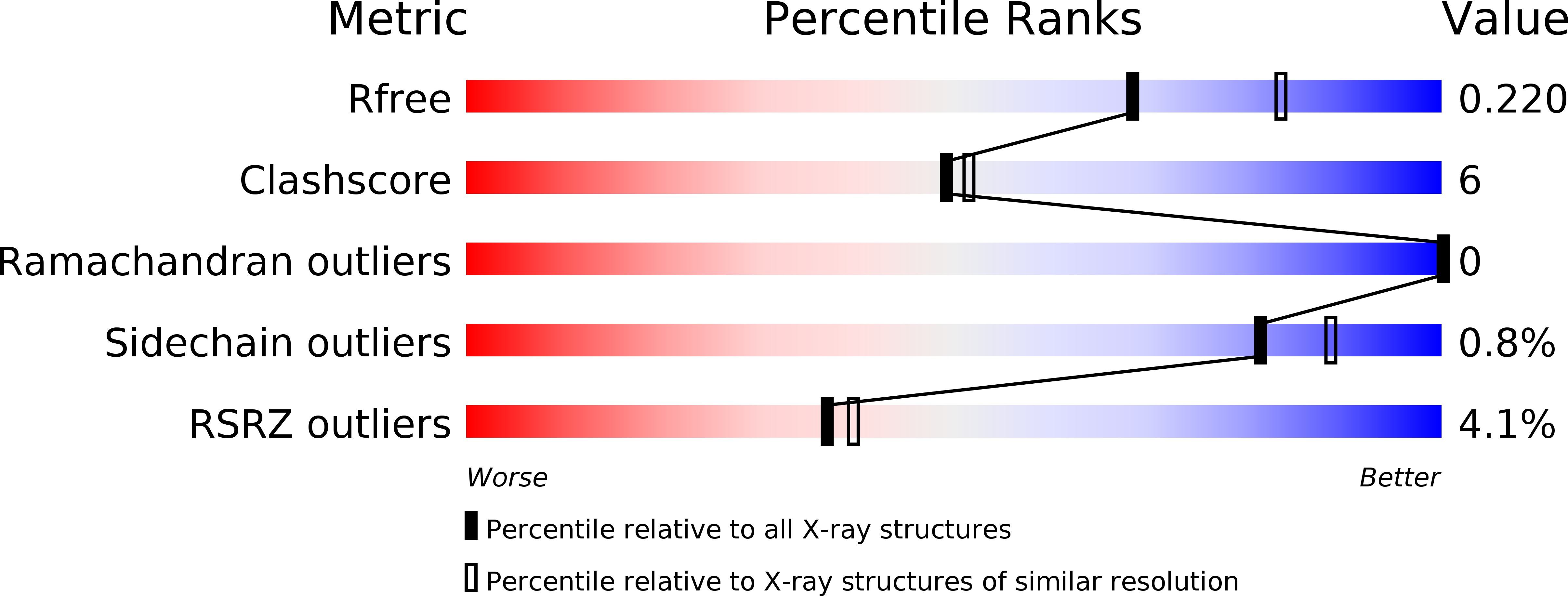
Deposition Date
2013-08-04
Release Date
2014-02-12
Last Version Date
2024-11-06
Entry Detail
PDB ID:
4M1Z
Keywords:
Title:
Crystal structure of MycP1 with the N-terminal propeptide removed
Biological Source:
Source Organism:
Mycobacterium smegmatis (Taxon ID: 246196)
Host Organism:
Method Details:
Experimental Method:
Resolution:
2.25 Å
R-Value Free:
0.22
R-Value Work:
0.16
R-Value Observed:
0.16
Space Group:
P 21 21 21


